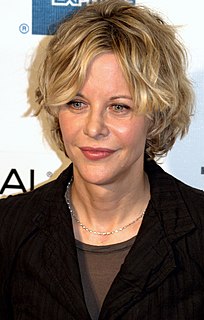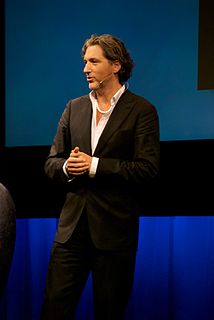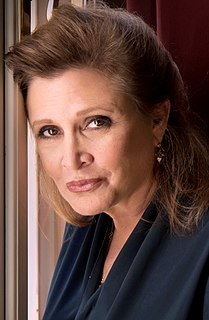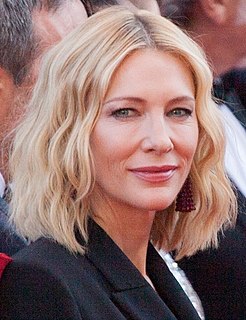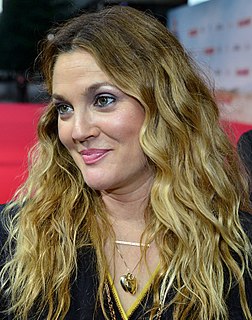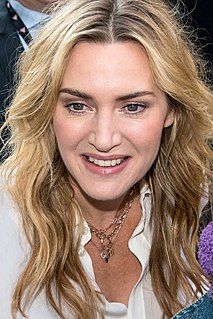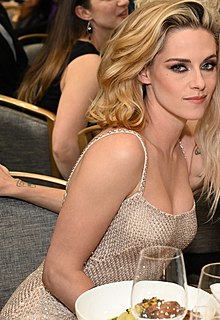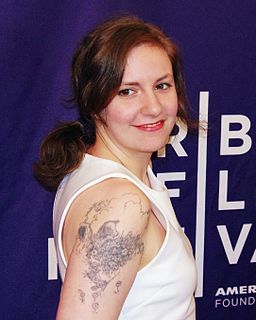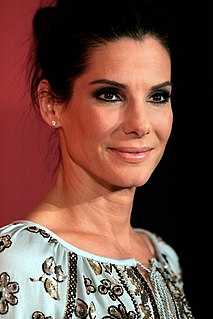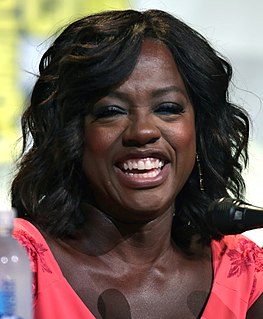A Quote by Meg Ryan
I love what you might call brutal elegance. Where form and function are really obvious. There is nothing easily broken in this house.
Related Quotes
Good design is not about form following function. It is function with cultural content. By adding "cultural content" to the concept of "form follows function," objects cease to be finite or predictable. Maybe the right way to interpret the dictum is to first acknowledge that the function needs to be clearly understood before the form is considered.
It is important to notice that these badly functioning designs were praised for 'elegance.' But elegance as theoretical scientists apply it is quite different. The elegance of a mathematical formula is that it explains a phenomenon beautifully, with no parts left over. In design, elegance is more readily perceived as a property of product than of process. If we had more elegant theories, we might look to design for more than elegance.
To me, form doesn't always follow function. Form has a life of its own, and at times, it may be the motivating force in design. When you're dealing with form as a sculptor, you feel that you are quite free in attempting to mould and shape things you want to do, but in architecture, it's much more difficult because it has to have a function.
If form follows function, as we know it does in this Universe, then consciousness will adapt to whatever form it requires in order to function. Hopefully, it will also develop its fundamental function; what that is may be debatable within many schools of thought, but it is indisputable that evolved thinking recognizes the universality of Life.
Nowadays with the internet, it's an equal opportunity brutal playing field. I mean, everyone is brutal to everybody half the time. People can be unbelievably brutal on the internet, about everything. But they can also be really, really nice. The problem is that human beings like to focus on the negative sometimes, unfortunately.
